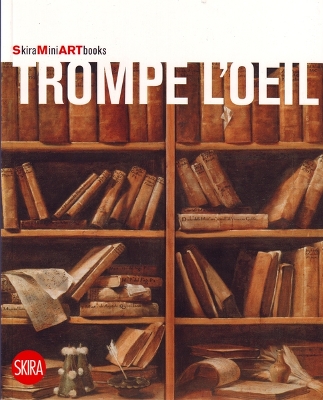Trompe-l'oeil, a French term meaning to trick, the eye, describes a painting that deceives the spectator into thinking that the objects in it are real, not merely represented. To successfully fool the eye of the viewer, trompe-l'oeil artists choose objects, situations and compositional devices using as little depth as possible. A heightened form of illusionism, the art of trompe-l'oeil flourished from the Renaissance onward. The discovery of perspective in fifteenth-century Italy and advancements in the science of optics in the seventeenth-century Netherlands enabled artists to render objects and spaces with eye-fooling exactitude. Both witty and serious, trompe-l'oeil is a game artists play with spectators to raise questions about the nature of art and perception.
- ISBN13 9788861305403
- Publish Date 6 October 2008
- Publish Status Active
- Out of Print 6 March 2021
- Publish Country IT
- Imprint Skira
- Format Paperback
- Pages 96
- Language English
